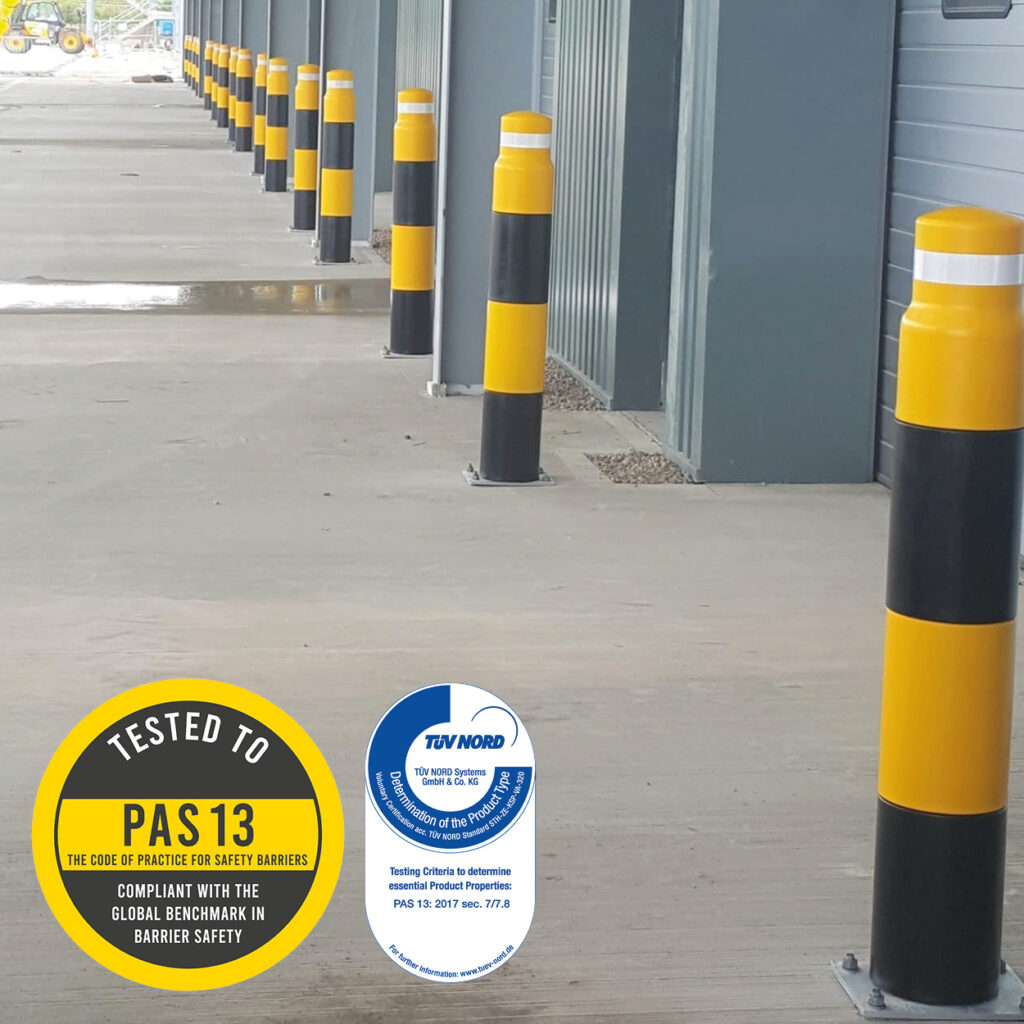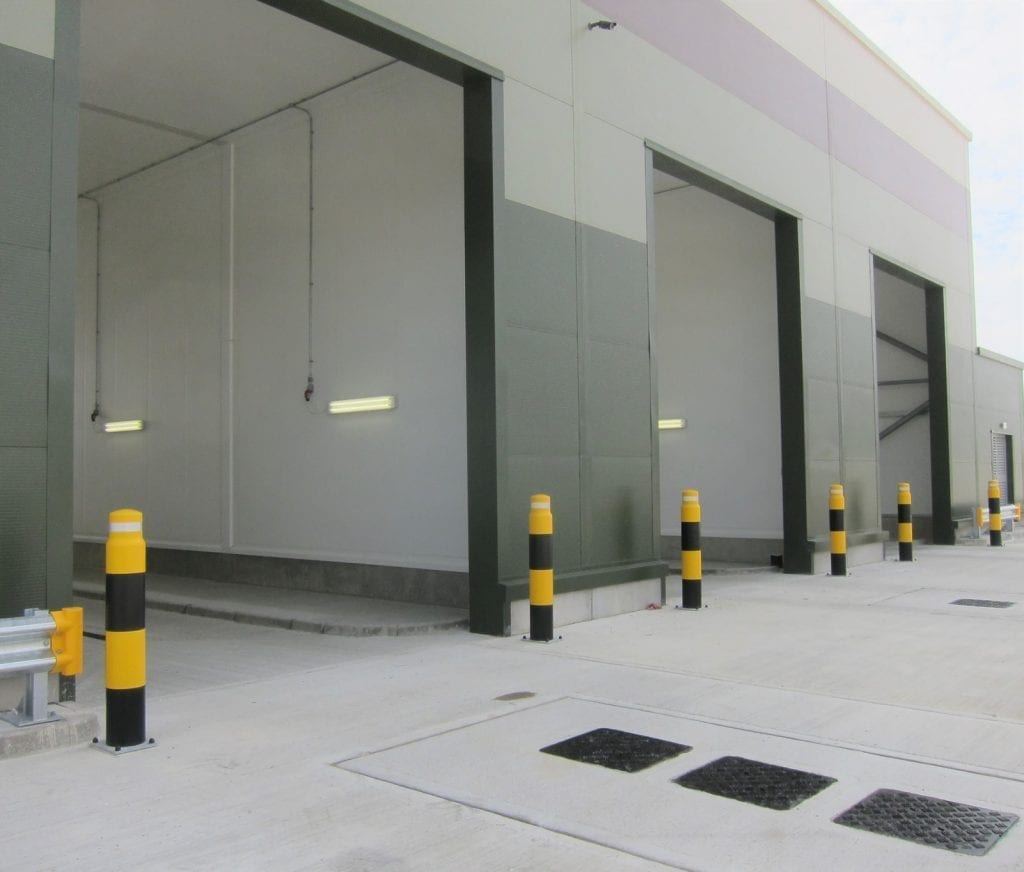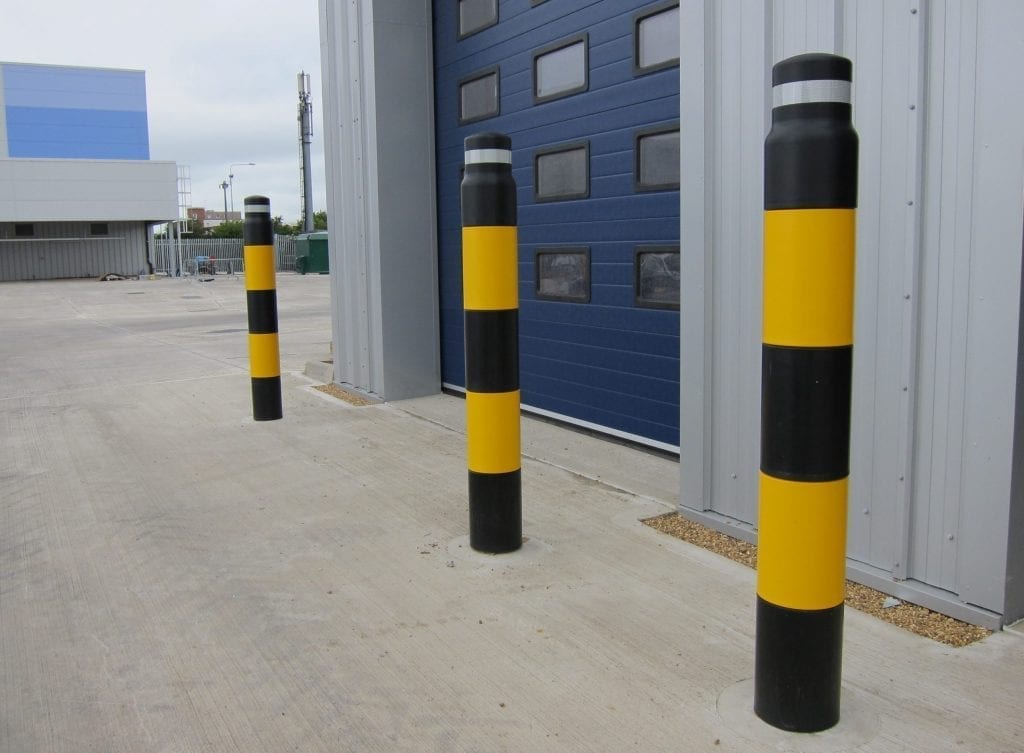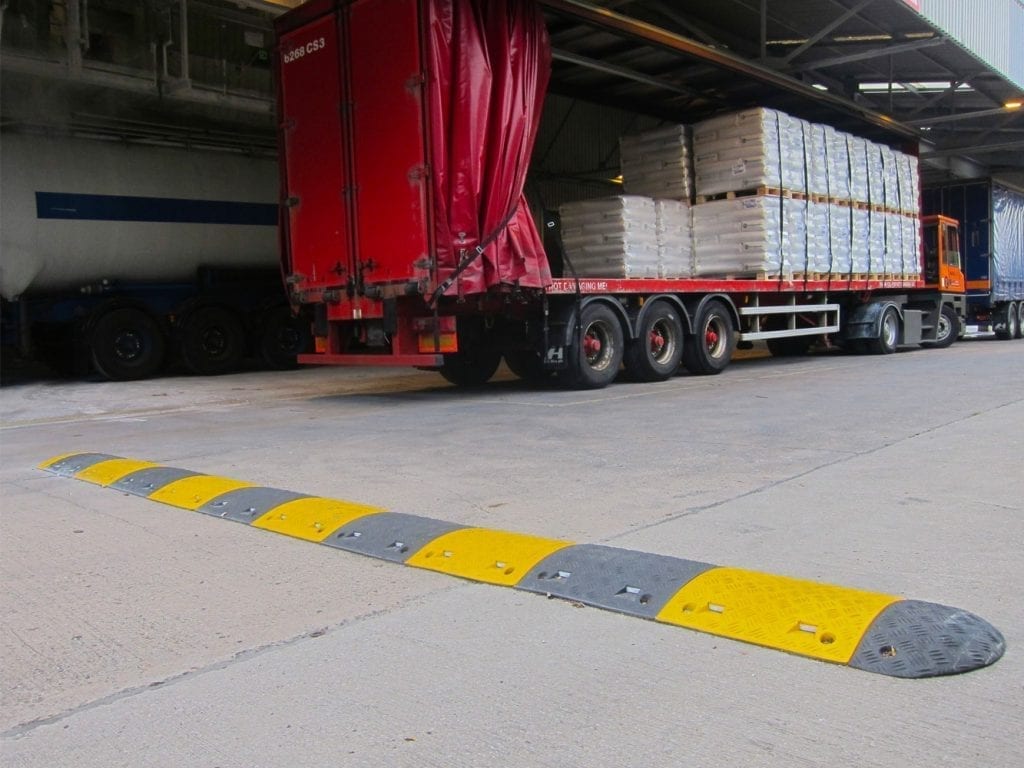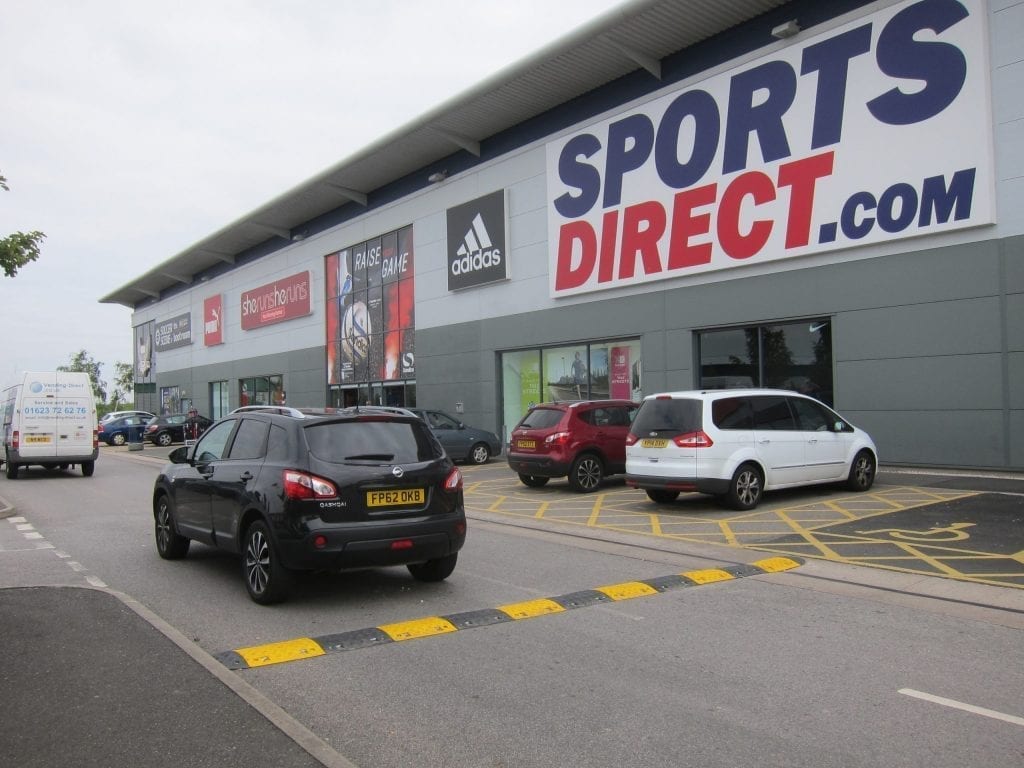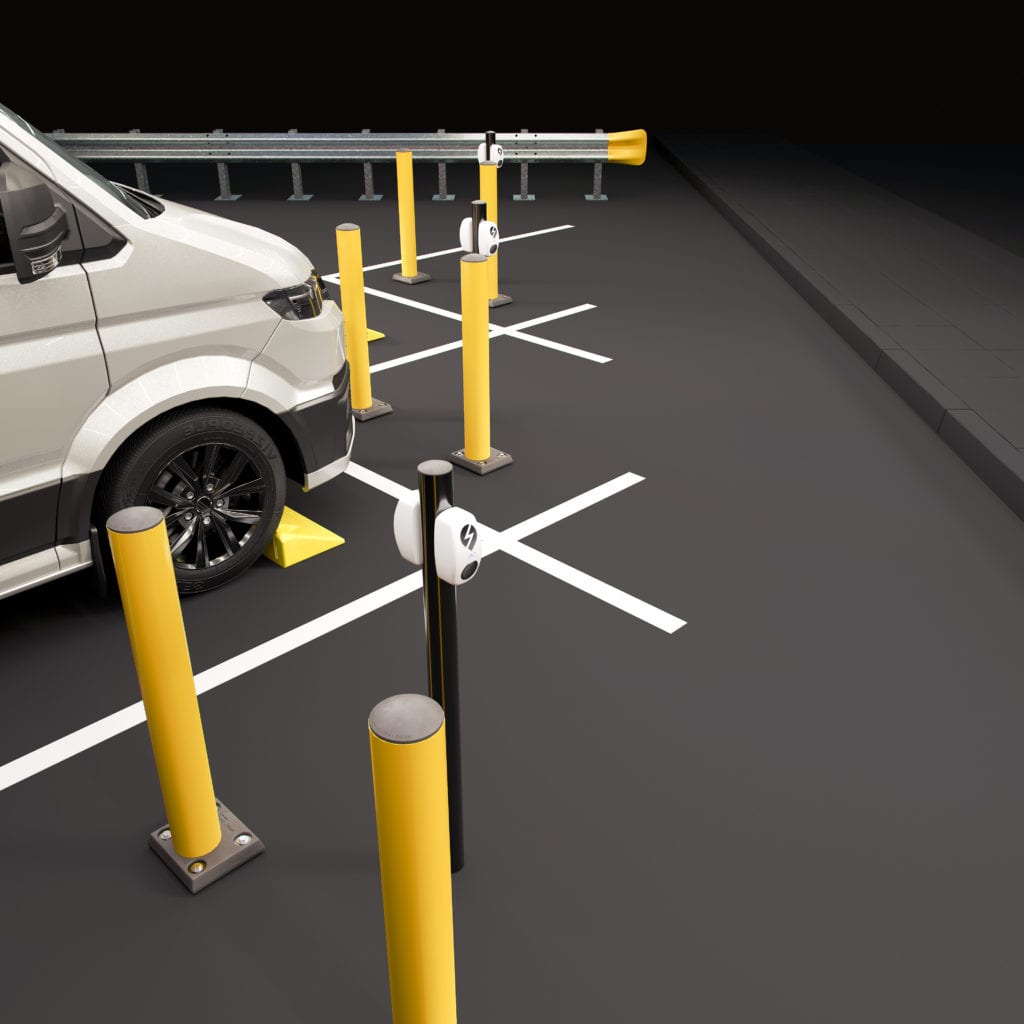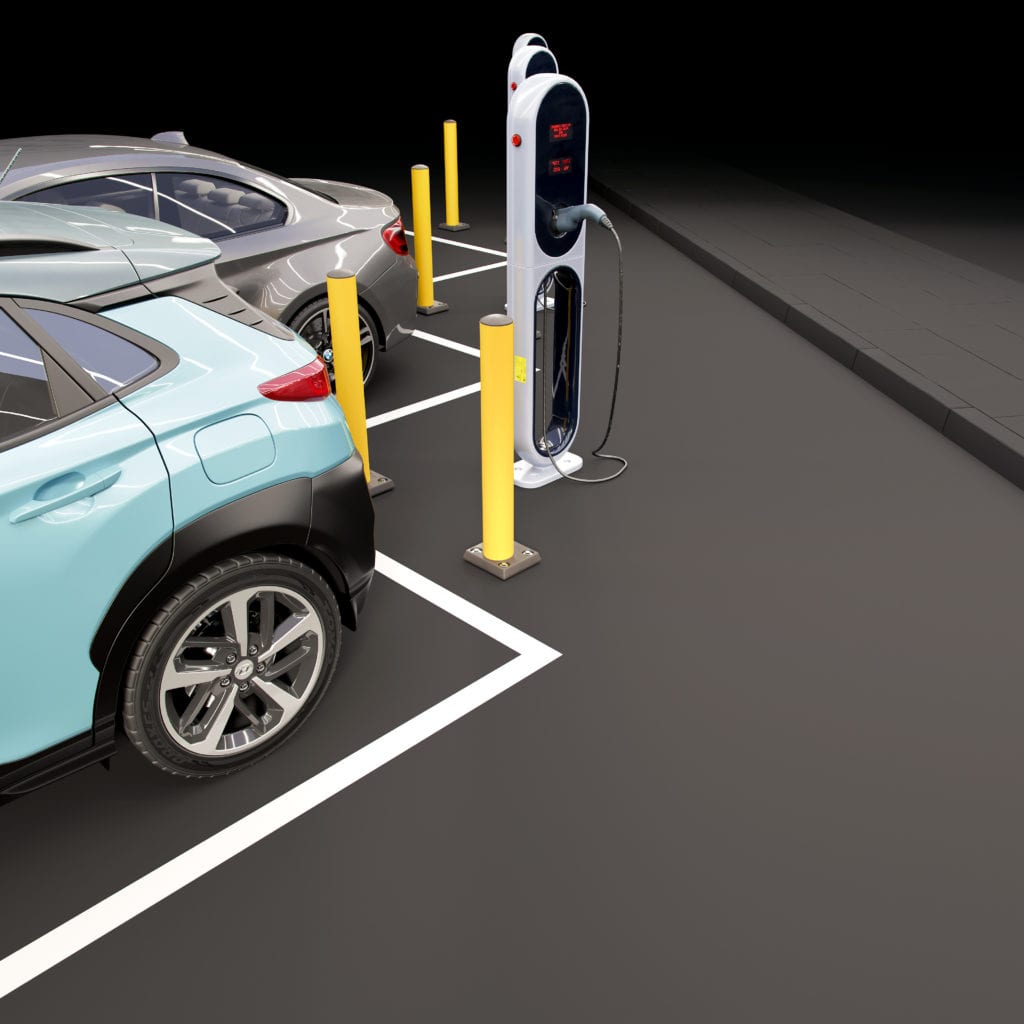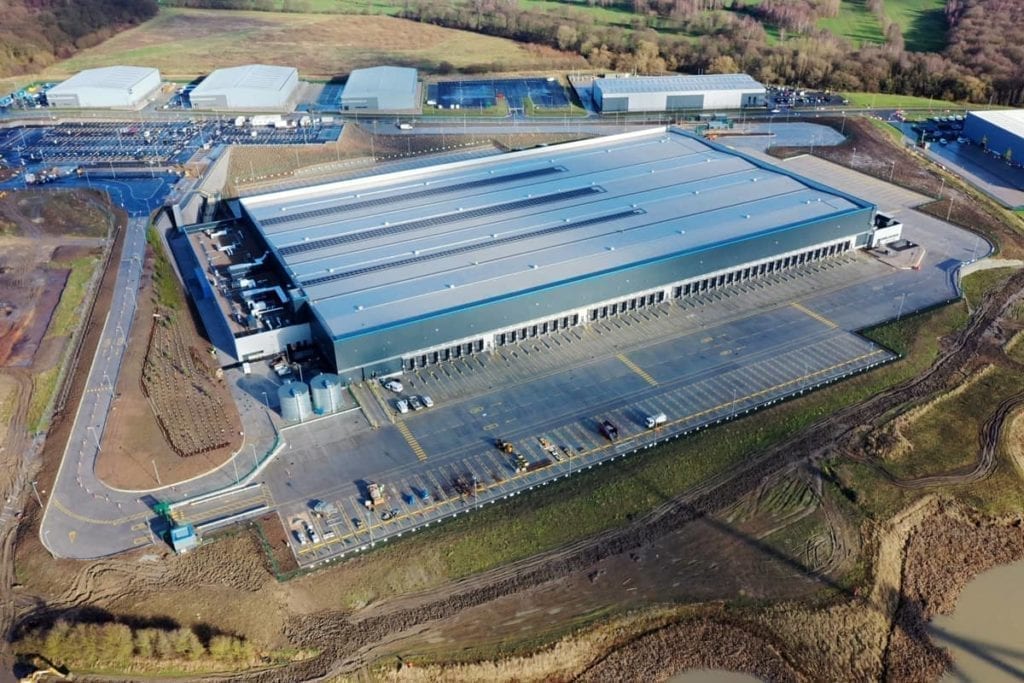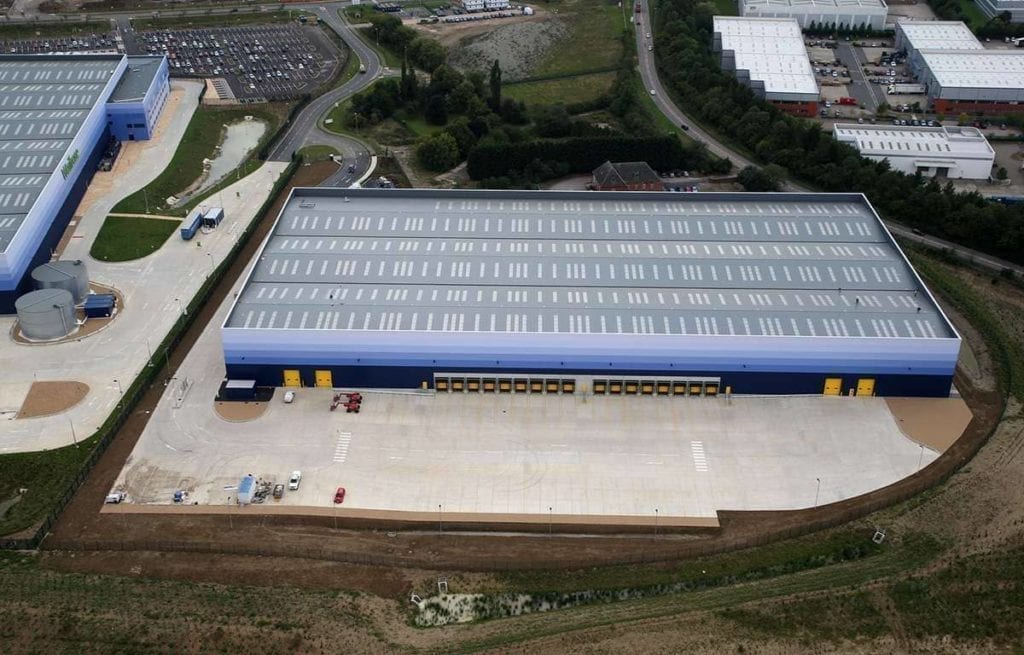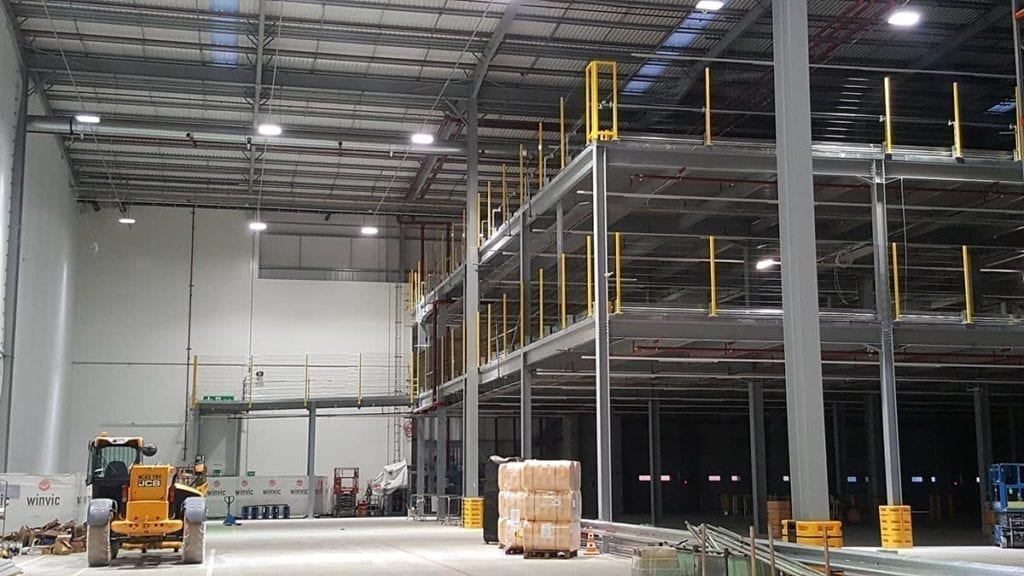Safety bollards serve a number of purposes; from EV charging point protection to keeping pedestrians safe, they’re a vital asset to many businesses. However, although these bollards are incredibly useful, that’s not to say they don’t need looking after.
Safety bollards require regular inspection to ensure they continue to serve their intended purpose effectively. This is essential to keep them in good condition, extend their lifespan, and ensure they provide adequate protection. Here, we explore some of the most common reasons why maintenance might be required.
Wear and tear
Although seemingly obvious, bollards can be subjected to wear and tear over time. Especially if they are located in high-traffic areas, such as in and around a busy warehouse or factory.
This can result in dents, scratches, or other damage that may weaken their structural integrity and compromise their ability to protect your visitors, staff, and equipment. Inspections and maintenance are, therefore, essential to ensure that all safety bollards perform as they should.
Foundation stability
Bollards are typically anchored to the ground through a foundation or base plate. Over time, the bollard foundation may shift or settle, which can affect the overall stability of the bollard. Regular inspections can identify any issues with the foundation and allow for subsequent repairs to be made promptly.
Rust and corrosion
If bollards are made of metal, they are susceptible to rust and corrosion, especially in outdoor environments or areas with exposure to moisture. Regular inspections and protective coatings can help prevent this.
Paint and visibility
At Brandsafe, we have an even simpler solution than repainting. Our bollard cover kits feature diamond-grade reflective bands and simple push-fit assembly so they easily fit over your existing steel bollards without the need for repainting.
The frequency and extent of maintenance will depend on factors such as the type of bollard, its location, the materials it’s made of, and the environmental conditions. It’s essential to establish a maintenance schedule and conduct regular inspections to identify any issues promptly. Bollards that have been neglected for longer periods of time may not provide the level of safety and protection they were originally installed for.
If you’d like to find out why Brandsafe is a leading provider of high visibility impact protection and safety solutions for the industrial workplace, get in touch with the team today.

